
My Love of Music
I was first attracted to the guitar, like most people, by the sounds of contemporary folk music that is to say, rock music.
Guitar bands of the 1970's made the guitar a force equal to an orchestra and players such as Eric Clapton developed styles which equalled the expressiveness of the best of violin music.
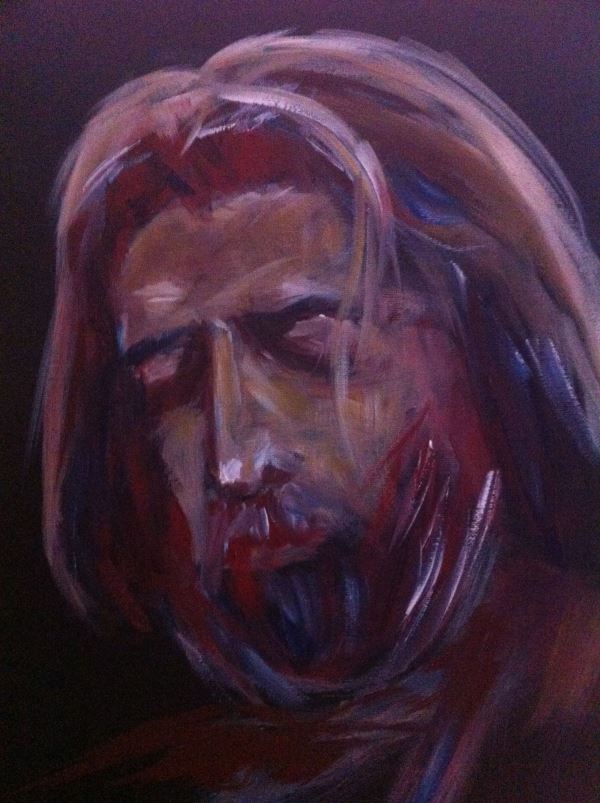 Eric Clapton in the early 1970's (painted by Peter Inglis)
Eric Clapton in the early 1970's (painted by Peter Inglis)Not long after discovering Deep Purple Led Zeppelin and Cream I bought a budget Everest LP recording of Igor Stravinsky's "Rite of Spring" conducted by Eugene Goosens. It was the same story to me a wild and intoxicating mix of sound colours and compelling rhythms.
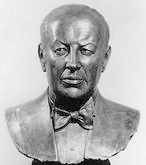 Eugene Goossens: Conductor Composer and former Director of the Sydney Conservatorium of Music.
Eugene Goossens: Conductor Composer and former Director of the Sydney Conservatorium of Music.Thus awakened to the power of classical music and inspired by bands such as Emerson Lake and Palmer and Yes and also improvising artists who bridged all these worlds such as Oscar Peterson.
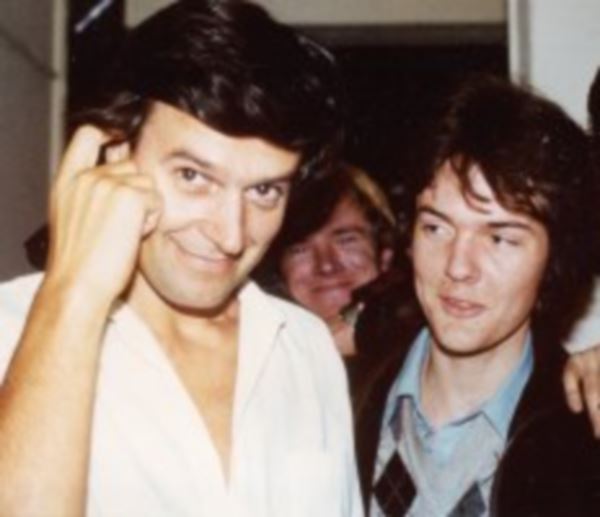 The author and his musical mentor Greg Gillet (background) meeting John McLaughlin.
The author and his musical mentor Greg Gillet (background) meeting John McLaughlin.In those days 'Guitar Player' magazine began including small vinyl discs. One was Swedish rocker Yngwvie Malmsteem playing "Black Star" from his 1980 album "Rising Force".
I could hear that he was improvising as Bach and Paganini would have done so today with immaculate and expressive articulation and with the full arsenal of rock guitar timbres. I could hear major and minor scales and arpeggios - but I couldn't play it! It was time to go Back to Bach (!) and work out fingerings and approaches that made that vocabulary flow on the electric guitar.
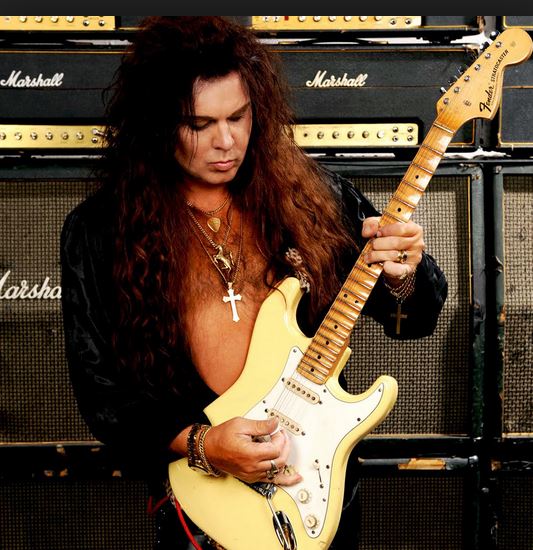 Yngwie Malmsteem hit the guitar scene in the early 1980's and brought the Baroque back into Rock.
Yngwie Malmsteem hit the guitar scene in the early 1980's and brought the Baroque back into Rock.This proved easier said than done and so I moved to the classical guitar, dropped the plectrum and started looking at finger-style playing.
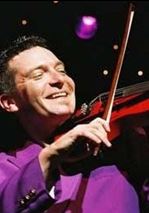 Ian Cooper - extraordinary Jazz | Rock | Classical Violinist.
Ian Cooper - extraordinary Jazz | Rock | Classical Violinist.Knowing from experience that there is nothing like ensemble work to knock you into shape I formed an ensemble with Ian Cooper and began to explore the baroque and classical repertoire. We performed extensively and I began to feel some slight satisfaction in my progress toward a "Grand Unified Theory of Guitar"!
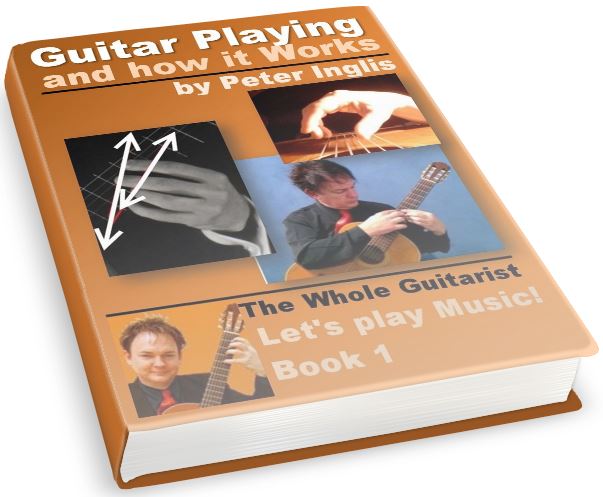 Guitar Playing and how it Works 4th edition
Guitar Playing and how it Works 4th editionThen in the early 1990's my reverie was shattered yet again. (I easily veer towards complacency!).
This time I was rocked by a cassette tape loaned to me by Roland Chadwick. It contained Kazuhito Yamashita playing his transcription of Modest Mussorgsky's "Pictures at an Exhibition". I knew this piece well from Emerson Lake and Palmer's live recording and film as well as orchestral recordings of the arrangement by Ravel.
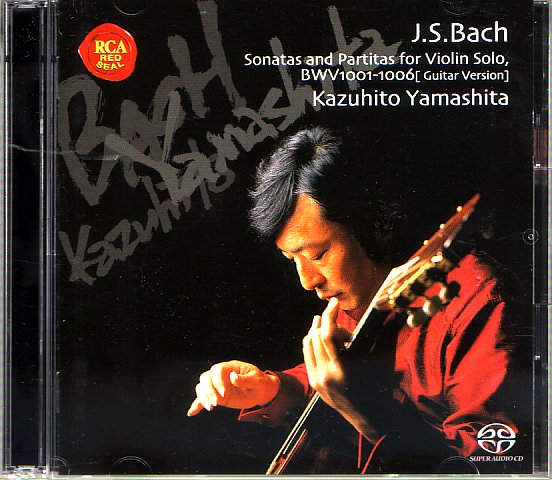 Kazuhito Yamashita added a Lisztian dimension to guitar playing.
Kazuhito Yamashita added a Lisztian dimension to guitar playing.Yamashita played everything that was in the original music including reproducing the effects of the orchestral string sections with multiple stringed tremelo techniques. For a time this had me floored! Yamashita had taken such a giant leap forward that he had in many senses rewritten the book of what was possible on the instrument.
My goals of an "integrated practice of guitar" now seemed light years away!
From accounts the transcendental techniques of Liszt and Paganini had much the same effect on their contemporaries. People got over the artistic shock and moved on integrating these innovations into their performances and the literature and methodology of teaching.
In 100 years time I imagine that Yamashita's approach will be similar to that of Liszt's status today - "merely" what is expected of advanced classical performers. And so it goes!
Everywhere you look in every style guitarists are redefining what is possible on the instrument. It is a fantastic collective effort in human creativity and ingenuity.
This book (Guitar Playing and How it Works) does not even begin to encroach on the stratospheric regions charted by Yamashita.
Rather it is my effort to define basic principles of musical performance on the instrument while taking the widest possible view of repertoire and technique I am able to muster. Nowadays (early in the 21st century) I perform with my Jazz Ensemble and String Quartet which plays classics by Bach Mozart and Vivaldi with the pieces arranged to feature the Guitar. I also enjoy doing solo performances which usually range in styles from Baroque and Classical through to Latin and Jazz all informed by Rock and Blues and still inspired by the sound of Eugene Goossens on a scratchy vinyl record!
Peter Inglis. 2014
Keys to Guitar
Music Bio